-ћетки
50 лучших художников adobe illustrator adobe illustrator cs5 adop photoshop cs2 brettbbean art carlos cabrera`s concept coreldraw david lanham demiart.ru adobe illustrator cs5 octopus animals drawing fylus lesson lessons photoshop tutorial weapon ≈сли аниме блог блоги была вектор возрождени€ волосы выгл€дели глаза денис зильбера уроки дневник знаменитости иллюстратор комментарии лучших манга аниме галаза manga anime сейчас трассировка урок урок макс костенко уроки учебники художников эпоха
-ѕодписка по e-mail
-ѕоиск по дневнику
-ѕосто€нные читатели
-—ообщества
”частник сообществ
(¬сего в списке: 4)
-AVATAR-
Anime_Manga
DrawWell
Spirit_of_Animation
„итатель сообществ
(¬сего в списке: 1)
ћир_мульт€шек
-—татистика
Ёскизы ƒ»—Ќ≈я |
÷итата сообщени€ SneznyBars
Model Sheets -part 2-
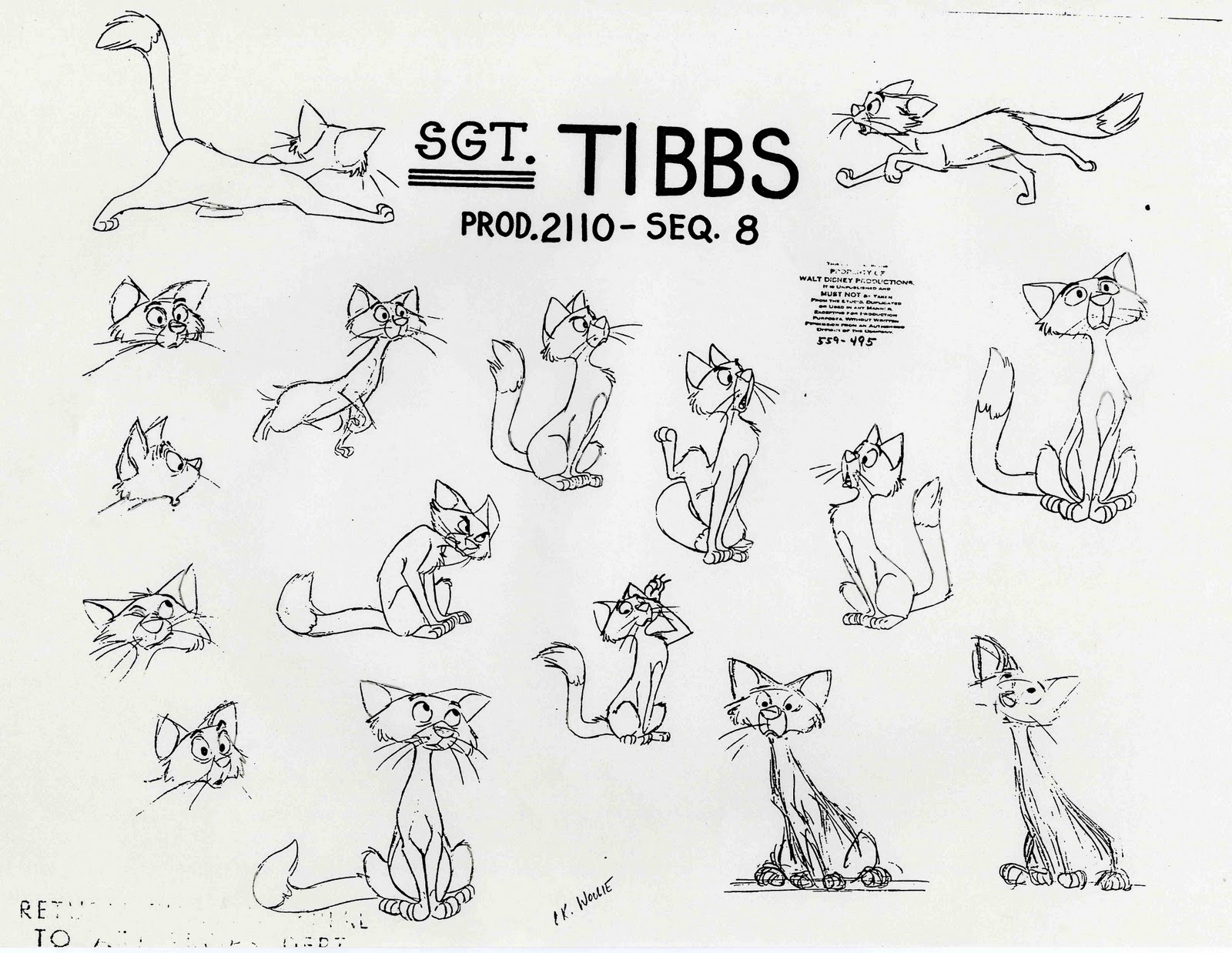
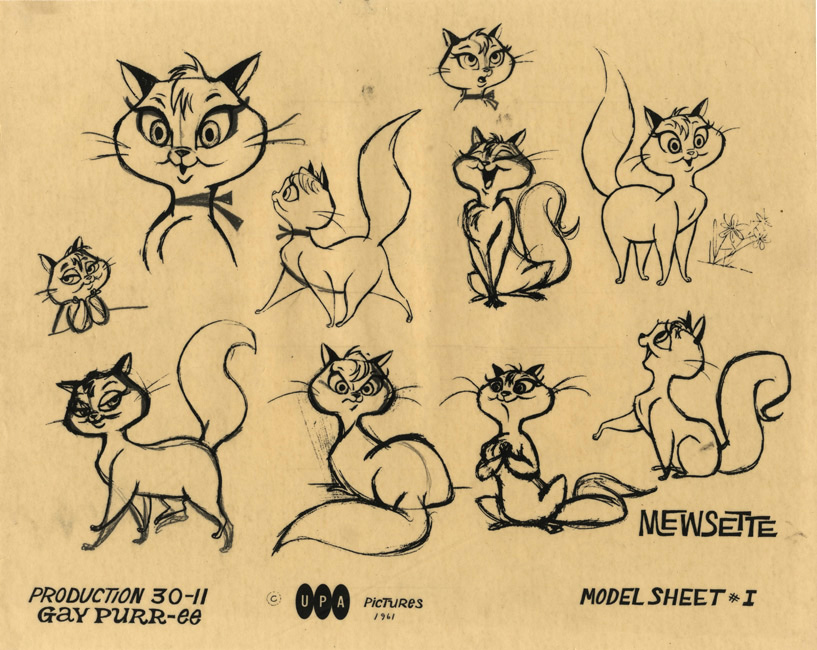



Note how some of these sheets include full body poses. Body language can add enormously to an expression. Just check out the body language of these characters and notice how well the action line and gestures harmonize with the facial expressions:



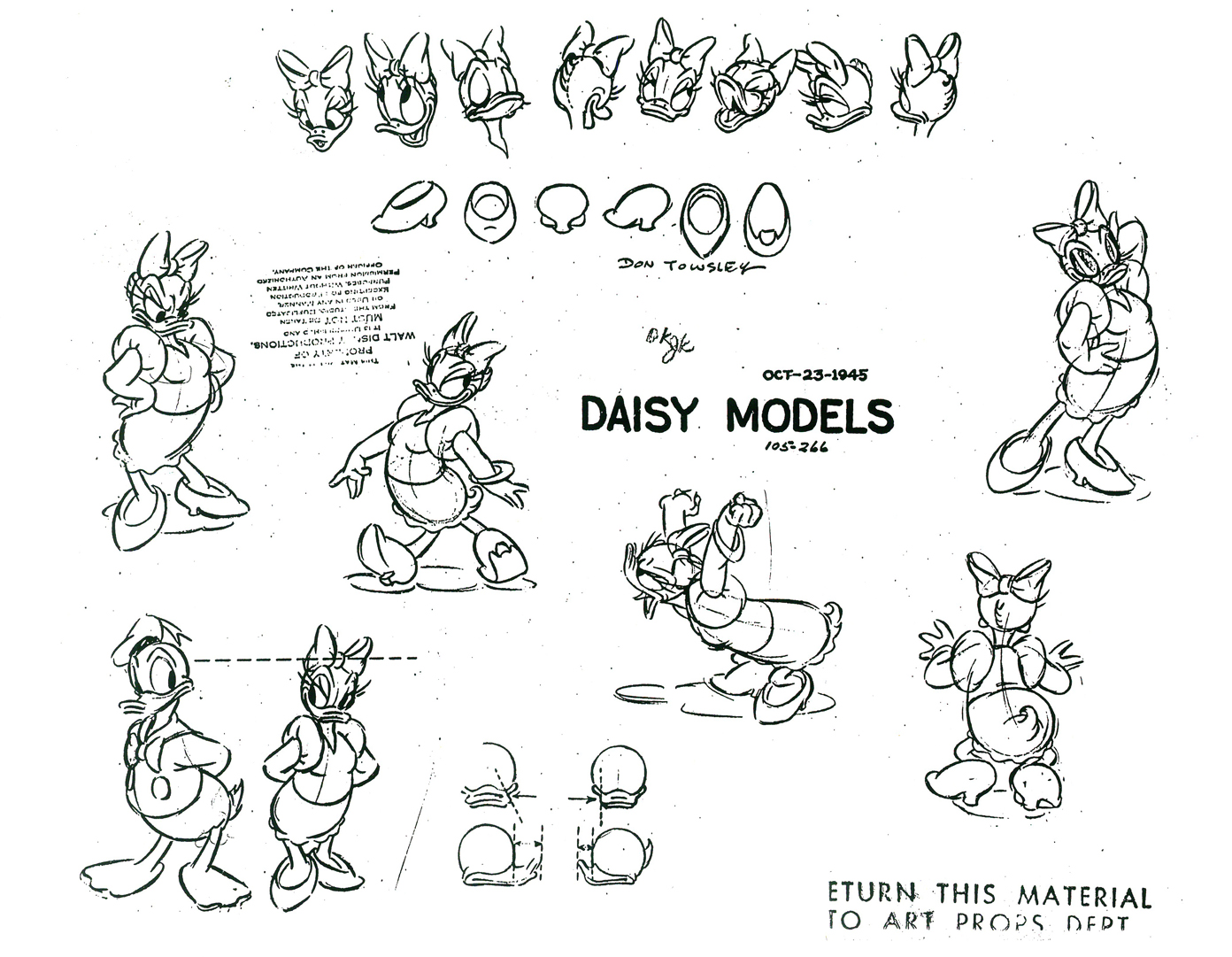


Obviously there are several formats for creating an engaging and effective expression model sheet. One thing you DO NOT want to do is line a bunch of heads up like a template and simply draw a different expression on each:

Instead, vary the view to correlate with the emotion you are portraying. Head cocked to the side for a skeptical sideways glace or curiosity, head lowed in shame, sadness, shyness, or anger, head raised with pride, laughter, or indignation, and so forth. Some expression are best shown in a three quarter view, some from the side, others from a near front view or full body pose. Always experiment to find the best way to convey the emotion you are illustrating or animating.


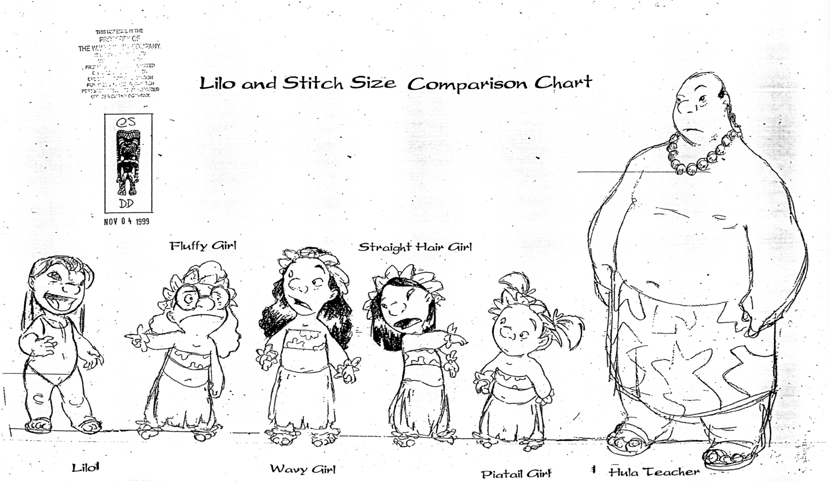
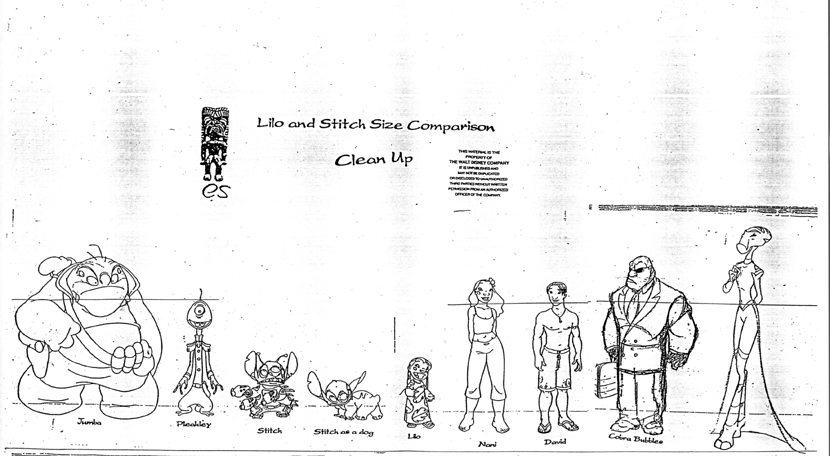
читать первую часть: Model Sheets -part 1-
Expression Model Sheets are sometimes specially created as such, but often are compiled from scene samples, both in rough form and from final line/ clean up drawings.






Note how some of these sheets include full body poses. Body language can add enormously to an expression. Just check out the body language of these characters and notice how well the action line and gestures harmonize with the facial expressions:




Often times when two characters appear together frequently throughout a film, a duel model sheet featuring both characters can be created.


Obviously there are several formats for creating an engaging and effective expression model sheet. One thing you DO NOT want to do is line a bunch of heads up like a template and simply draw a different expression on each:

Instead, vary the view to correlate with the emotion you are portraying. Head cocked to the side for a skeptical sideways glace or curiosity, head lowed in shame, sadness, shyness, or anger, head raised with pride, laughter, or indignation, and so forth. Some expression are best shown in a three quarter view, some from the side, others from a near front view or full body pose. Always experiment to find the best way to convey the emotion you are illustrating or animating.

The Comparative Size Model Sheet (sometimes called a "Character Line Up Model Sheet") is just that; a line up of characters who appear together in a film or sequence that provides comparative size reference:



Posted by Jennifer G. Oliver
| омментировать | « ѕред. запись — дневнику — —лед. запись » | —траницы: [1] [Ќовые] |






